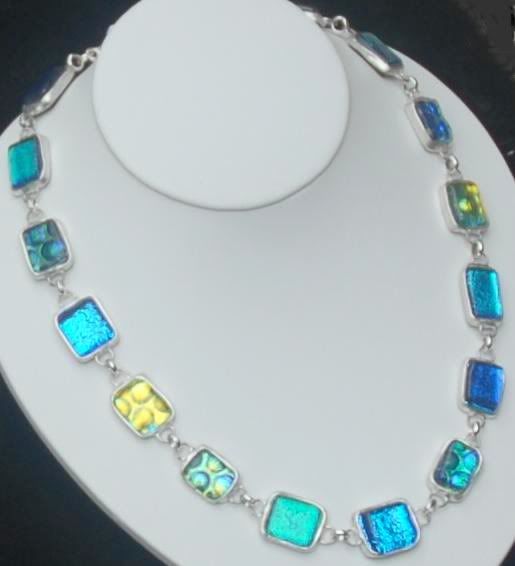Here are a couple of my new additions...
Cobalt Blue Glass definition from the Glass Encyclopedia:
Cobalt blue glass is normally a deep rich blue. It is made by incorporating cobalt oxide in the molten glass mixture. Most blue glass is given its color either from cobalt oxide or from copper oxide added to the molten glass. Copper is a more delicate colorant than cobalt. It only requires a small amount of cobalt oxide to produce a deep rich blue.
Cobalt is a metal, found in copper and nickel ores in many countries, but mined chiefly in Africa, USSR, Australia, Canada and smaller amounts in other countries. It was discovered by a Swedish chemist, Georg Brandt, in 1742; although the coloring properties of the ore has been known since very ancient times. There was even one piece of cobalt blue glass in Tut-Ankh-Amen's tomb in Egypt.
Before the 1920s the world's production of cobalt was primarily used as a glass and ceramic colorant. Since then it has been used increasingly in metal alloys, and over 80% of today's production of cobalt is used as a metal, - it is, for example, a component of the best magnets. Surprisingly it also makes up 4.3% of vitamin B12.
Small amounts of cobalt (around 1 ounce per ton of glass) are used to neutralize the yellow tint of iron in glass such as window glass. To produce a blue colour in glass, you only need to add five ounces to a ton of glass. Deeper blues are obtained by adding up to ten pounds of cobalt oxide to a ton of glass. This deep blue glass can then be ground up into a powder called "SMALT" which is used as a coloring agent for enamel, for glazes on pottery, and for making more blue glass.


No comments:
Post a Comment